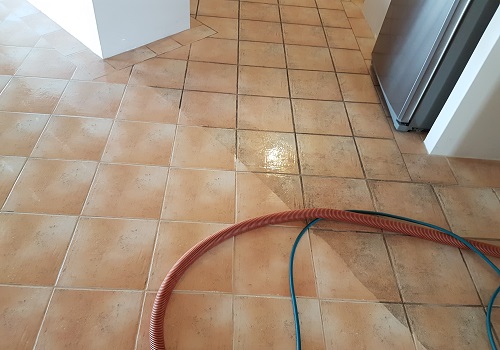Weekly maintenance of commercial carpets might be simple, but stains and deep cleanings can be difficult. To extend the life of your carpet, you should clean up any spills and stains as soon as possible.
But, in a professional context, how can you clean carpet stains fast and effectively without compromising the carpet’s or workspace’s quality?
So, if you have a spill or stain on your commercial carpets, what should you do?
1. Be quick to react
If there has been a recent spill, act quickly before the liquid cools or dries. Using white paper towels or rags, blot up any liquid on the surface. Apply forceful pressure to absorb as much extra liquid as possible. Remove the discoloration by blotting it and lifting it upwards. Do not scuff. This is especially crucial when it comes to hot drinks like coffee, which settle deeply into carpet strands when they cool.
The quicker you react, the less likely the stain will set, causing irreversible colour loss or distortion on the carpet.
2. Solids must be lifted
Any substances on the stain, such as food or gum, should be removed first. On the solids, place an ice cube (or more). This will aid in the drying out of the food or gum, allowing it to split away from the carpet.
Carefully take the food from the carpet using a spoon or scraper. Lift as much as possible without ripping the carpet fibres. Leave the ice on for longer if it doesn’t crack easily.
Dip a cotton ball or rag in rubbing alcohol and press it against the glued area to remove the glue. The adhesive will become wet and simpler to remove. Continue until all of the superfluous adhesive has been removed.
To remove cigarette burns, use the back of a dull knife or scraper to gently massage the discoloration. The ashes will be gently removed in this manner. This should get rid of the mark, but you may want to repeat the instructions below to get rid of any remaining dirt or gunk.
3. Rinse thoroughly
Before using any solvent, you should first rinse the stain with cold water. We recommend saturating the stain with water and then wiping it up with a paper towel. This aids in the removal of any excess moisture from the spill. If you’re working with an old stain, this will help re-wet it so it’s easier to work with. Don’t use too much water—just a spray will suffice.
4. Use a solvent to remove the impurities
Use a stain-fighting solution after rinsing. The following is a formula for a natural, eco-friendly solvent:
- Water (1 litre)
- 1 tsp. wool-friendly laundry soap
- White vinegar, 1 teaspoon
To use over the week or month, we recommend producing and storing a large batch of this solvent. If a stain appears on the floor, your workers will have immediate access to a natural stain solution. Keep the solvent in a secure location.
Specialty solvents are needed for some stains. A solution of 1 tablespoon ammonia and 1 cup water, for example, works best for lifting blood. The ammonia will bind to the blood and lift the stain chemically.
Allow the solvent to settle for 5 to 10 minutes before using.
5. Rinse once more
Rinse with warm water after applying the solvent. To avoid long-term damage to the floor, remove any residual vinegar, detergent, or ammonia.
6. Clean a blemish using a spot cleaner
You may need to use a spot solution after rinsing. This will aid in the removal of stains on a more concentrated, deeper level.
A non-toxic, pH-neutral spot cleanser is recommended.
7. Repeat the process a third time
After allowing the cleaner to perform its magic, rinse with warm water one more to eliminate any remaining chemicals or stain particles.
Using a paper towel, blot and apply pressure to dry. You can also set a flat weight on top of the stain and cover it with a white paper towel. This will aid in the removal of any remaining moisture, as well as stains.
8. Keep repeating till the problem is solved
If a stain remains or reappears, repeat steps 3–7. The stain should be totally removed after two or three rounds of stain-fighting.
If the stain persists, you might consider hiring a commercial carpet cleaning company. You can also try replacing the stained tile if you have carpet tiles.
9. Carpet that is completely dry
Bacteria, mould, and mildew can thrive in moist carpets. To avoid moisture damage, make sure the carpet is completely dry. Wait until the carpet is completely dry before walking on it.
10. Think about getting a wet/dry vacuum
You might wish to use a wet/dry vacuum for major spills. This will moisten the carpet and use electric suction to lift the stain. This is usually a more effective solution for deep or big stains.

